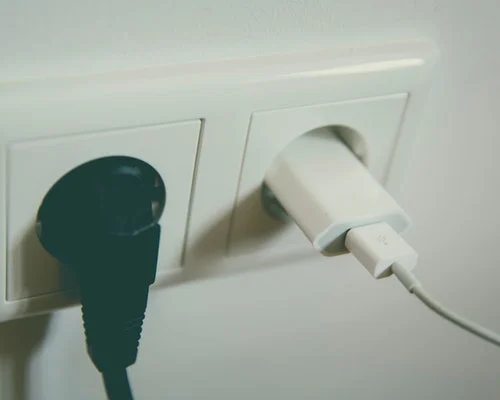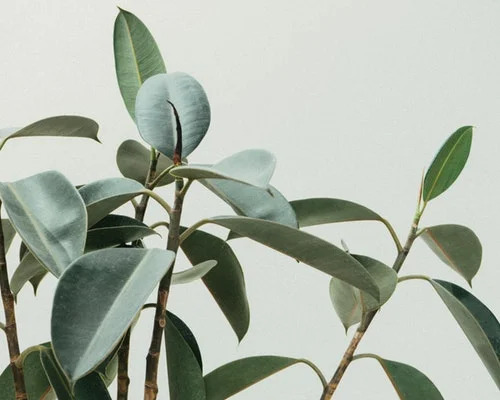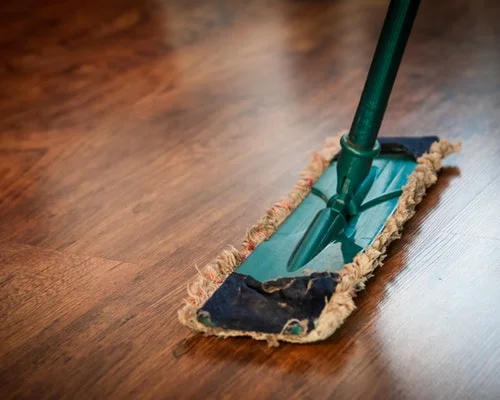It’s the happiest time of the year and many of us put our joy on display with extravagant holiday decorations.
Between the holiday happiness, family gatherings, and some downtime from the hectic ways of daily life it can be easy to let your guard down.
However, there are quite a few potential hazards that are more common at home during the holidays.
We’re going to give you some insight into the common issues so that you can keep an eye out for and make sure you and your family don’t run into any problems this holiday season.
Overloaded Power Sockets
It’s not uncommon to go a little electricity “crazy” during the holidays. You have lights on the outside of your home, up the bannister and on the tree! Totally normal, but also a potential danger. Power sockets can overheat and send sparks flying or a nasty shock.
Solution: Pull out the extension cords and use them to distribute electricity use across various sources.
Christmas Trees
While an essential part of many families’ holiday celebrations, Christmas trees can be extremely dangerous. According to the National Fire Protection Association (NFPA), an average of 240 home fires begin with Christmas trees each year.
Additionally, if you have a large tree, you must make sure to invest in a proper tree holder so that it is not unstable; which could lead to an accident with pets or children.
Solution: Keep your tree properly watered, no brown needles and check water level to ensure the tree is “drinking” enough each day. If you go with an artificial tree look for one with a label that says it is fire-resistant.
Decorating
Hanging decorations on the outside of your home or in high places, like over the stairs, look great but can be a hazard. Accidents from falling, strangulation, or choking are all possible.
Solution: Never attempt to put up decorations alone or place ladders in awkward places. If you are unexperienced, it’s a good idea to pay a professional to do the work.
Holiday Plants
This may seem a little extreme, but if you have small children or pets, common holiday plants like Holly and Mistletoe can actually be toxic or a choking hazard.
Solution: If you have little ones in the home stick to larger, artificial plants or switch to other decorations.
Chimney and Fireplace
Apart from giving Santa a clean chimney to slide through, this is a good reminder to get your annual chimney sweep and maintenance. Regular checkups can prevent creosote buildups and potential fires.
Solution: Get your regular maintenance, by a professional, and avoid placing any plants or other decorations near or inside the fireplace. Make sure the flue is open!
We Can help
We hope that these quick tips will help you have a safe and accident-free holiday with your loved ones! If you have any doubts about potential hazards or you want to knock out some yearly home inspection maintenance over the holidays—give us a call!





